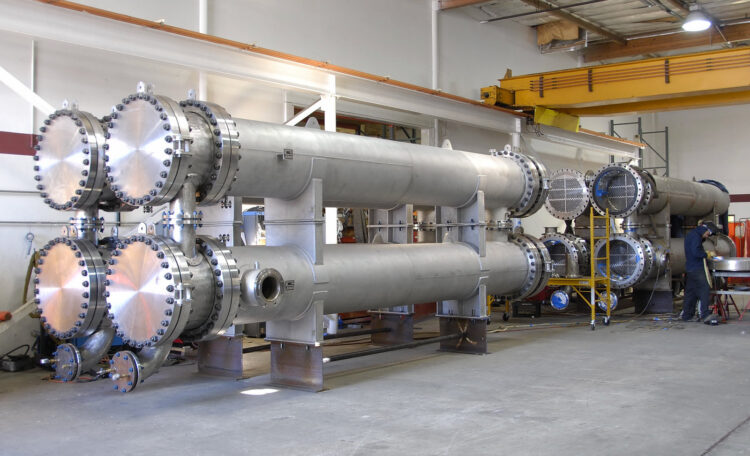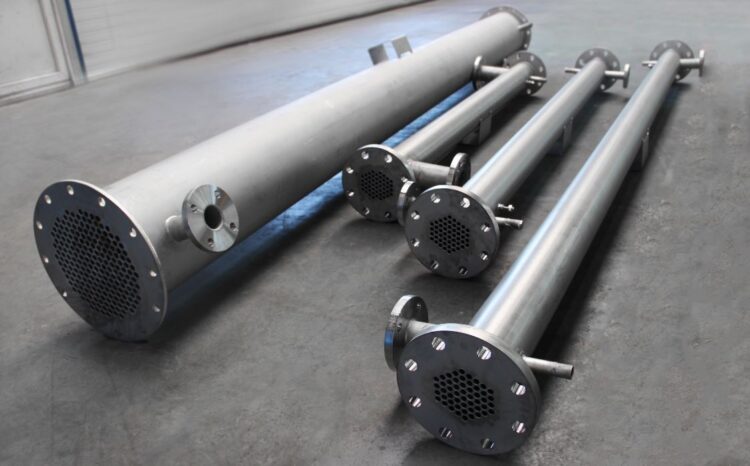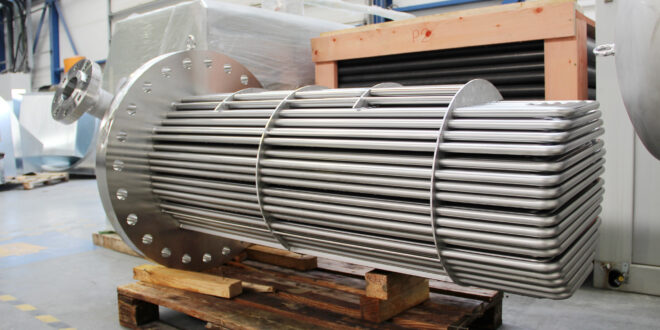If you ever visited an industrial plant, it is likely that you came across a tube heat exchanger. These are one of the most common heat exchangers available since they are cheaper to manufacture, require no additional energy to work, and are reliable for the long-term. Shell and tube exchangers can be used for gas and liquid substances, which allows various industries to use the exchangers for various applications and processes.
In this article, you will be able to read about the components and design of this exchanger, as well as how does a heat recovery work. Let’s take a closer look.
The Components and Design of Tube Heat Exchangers

Of course, there are different designs that are used for specific purposes and processes, tube heat exchangers have some similar features, including:
- The Shell – this is the exterior component that holds the internal parts.
- Tubes – these tubes will hold and flow the substances. The tubes can sustain large temperatures, they are corrosion-proof, and they have the ability to perfectly transfer substances. It is important to consider the material of the tubes when choosing a heat exchanger. Since there are large temperatures involved in the processes, they will need to choose the proper material. Brass, copper, and steel alloys are the most common material types.
- Four Ports – these are connections that allow hook-ups for the processing.
- Inlet/Outlet Plenums – these can be found on the exterior of the shell. This is an open area where the tubes collect or discharge the fluids.
- Baffles – the baffle is an important part of the exchanger since it creates the turbulence in the shell. This reduces concentration levels of hot and cold, as well as improve how efficient the exchanger is.
- Pressure Differential – you will also be able to find this component on all tube heat exchangers. This will minimize the contamination levels if there is an issue with the exchanger or if there is a leak.

How Does a Tube Heat Exchanger Work?
During the cooling process, there are two fluids present with different temperatures. One fluid is the process and the other ones being the cooling substance. According to the website Exodraft, the fluid that needs to be processed and cooled runs through small tubes that are inside the exterior shell.
The other shell has and circulates the cooling substance and both fluids are kept in circulation for the exchanger to work properly. For the machine to work properly and be efficient, the tube heat exchanger needs to utilize small tubes that create a large surface, without taking up a lot of space.
Conclusion
By implementing a tube heat exchanger into your facility, you will be able to reduce the costs of your industrial processes, work more efficiently, be more time-efficient, as well as be more environmentally friendly by reducing the emissions of harmful materials that can pollute the air. Hence, if you did not implement one yet, do not waste any more time and start searching for a tube heat exchanger that will fit your facility’s needs perfectly.
 Hi Boox Popular Magazine 2024
Hi Boox Popular Magazine 2024



